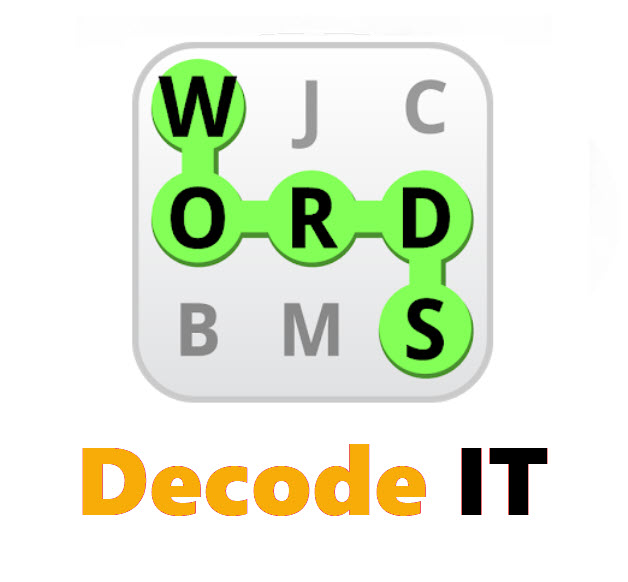ReadIT!
Learn about our ReadIT! Scheme

The Read IT skills have been designed as a planning and assessment tool and are there to aid planning and contribute to pupils’ learning.
Our ReadIT! Scheme breaks down the essential skills needed for reading and provides a structure for them to be taught progressively. As children get older, the journey from learning their phonics through to interpreting the subtleties of authorial intent are supported by the scheme.

There are 12 reading skills which encompass all aspects of reading and reading comprehension. The skills do not have concrete boundaries and particular questions and tasks may involve two or more of the different Read IT skills.
All of the Read IT skills are underpinned by an enjoyment of reading.
Decode IT

Turning print into words and beyond
‘Decode IT’ is a progressive skill which starts with turning print into sounds.
It then moves on to word meaning and encompasses all vocabulary work.
Word entomology, synonyms, antonyms, altering word meaning by using prefixes and suffixes and the effect of using particular words and phrases are all included under the ‘Decode IT’ skill.
Perform IT

Using the text as inspiration for drama, dance, song, music.
Visualise IT

Turn text into an image
This can be a physical picture or through use of imagination. By creating an image the reader can place themselves in the text and use their senses to fill in details.
Retrieve IT

Finding a piece of information within a text
Summarise IT

Restate the main points of a text
Reduce the text to its most basic form, either, for example, by writing a precis, or using bullet points.
Review IT

Give an opinion on a text
All the way from thumbs up, thumbs down to a detailed written review citing sources from the text.
The review could be aimed at the whole text or more specific: a particular character, chapter or ending.
Reviews could also be captured on audio or video or on electronic surveys.
Predict IT

Suggesting what could happen next
Making predictions is where readers use information from the text and their own personal experiences to suggest what could or might happen next.
Analyse IT

Show understanding of the author’s choices within a text
Give reasons why the author could have included/excluded particular aspects of the text (words/structure/information) as well as the intended purpose of the choice.
Connect IT

Make links to other knowledge and experiences outside of the text
The links made may enable the reader to make simple, direct comparisons to personal experiences. This can progress to show empathy and understanding, reasoned from non-textual experiences.
This is the same as
- When this happened to me/my family member
- That other story I read
- That place I visited
- When something similar happened to me I…
Retell IT

Recount the events of the text
Retelling can be oral, written or pictorial.
The retelling of key details and plot points should be ordered chronologically and as accurately as possible.
Interpret IT

Use clues and evidence in the text to make a conclusion about something not directly stated
Involves the skill of explaining inferences made
Compare IT

Look at the similarities and differences within texts
These comparisons could look within a single text or use several texts. It may also involve one or more different authors.
Comparisons could also be made between the text and ‘Real Life’.
- It wouldn’t happen like that in real life, it would happen like this because…







